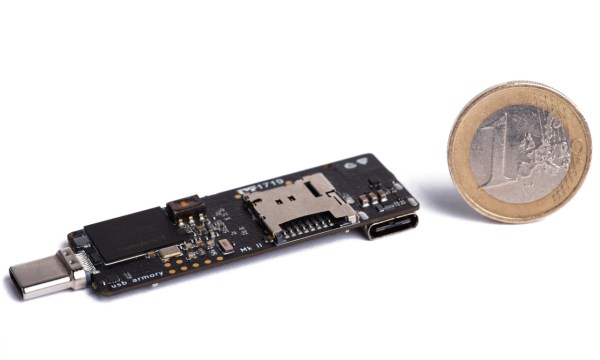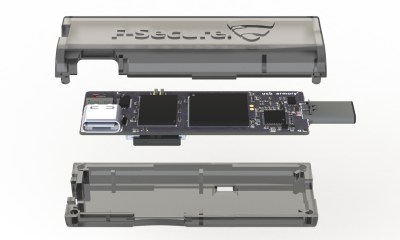Generating random numbers might seem like a trivial task, that is until the numbers need to be truly random for cryptography or security reasons. When that’s the case, it turns out that these numbers are really “pseudo-random” and follow a predictable pattern. Devices that can produce truly random numbers often do it by sampling random events in the real world rather than relying on a computer to do it directly, like this machine which simulates a dice roll by looking at the cosmic microwave background radiation.
The cosmic microwave background radiation exists in the infrared at the farthest edges of the observable universe as a remnant of the big bang. It’s an excellent source of randomness, but tapping into it poses a bit of a challenge. For this build, [iSax] is using an old Soviet-era Geiger tube to detect the appropriate signal, and a Nixie tube to display the dice roll. After the device detects two particles from the Big Bang, the device measures the amount of time that passed between the detection of both particles and uses this number to calculate the dice roll.
While it takes a little bit longer to roll this dice than a traditional one since it has to wait to detect the right kind of particles, if you really need the randomness it can’t be beat. It certainly works as dice, but we can also see some use for generating truly random numbers for other applications as well. For some other sources of random inspiration be sure to check out our own [Voja Antonic]’s deep dive into truly random number generation.



 The USB Armory Mk II is powered by an upgraded 900 MHz ARM Cortex-A7 processor, though it retains the same 512 MB of RAM from the previous version. Like the original, there’s a micro SD slot to hold the Linux operating system, but this time it’s supplemented with an onboard 16 GB eMMC chip. There’s even a physical switch that allows the user to choose which storage device they want to boot from. Other additions for the Mk II include Bluetooth connectivity, and a hardware true random number generator (TRNG).
The USB Armory Mk II is powered by an upgraded 900 MHz ARM Cortex-A7 processor, though it retains the same 512 MB of RAM from the previous version. Like the original, there’s a micro SD slot to hold the Linux operating system, but this time it’s supplemented with an onboard 16 GB eMMC chip. There’s even a physical switch that allows the user to choose which storage device they want to boot from. Other additions for the Mk II include Bluetooth connectivity, and a hardware true random number generator (TRNG).










